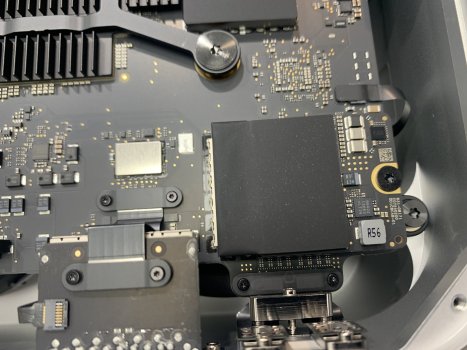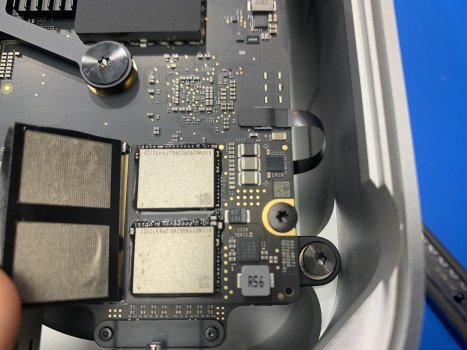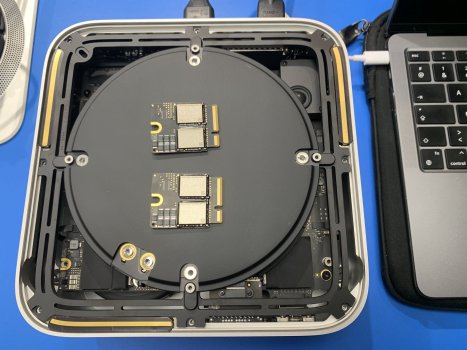Hi,
just tested yesterday an upgrade of a plain basic MacStudio M1 Max (2022) from 512GB to 4TB.
and it works :
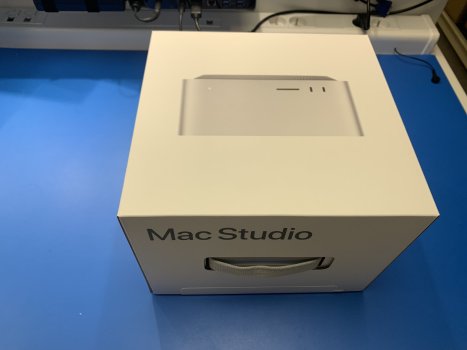
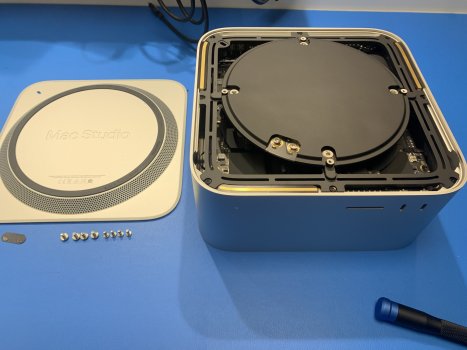

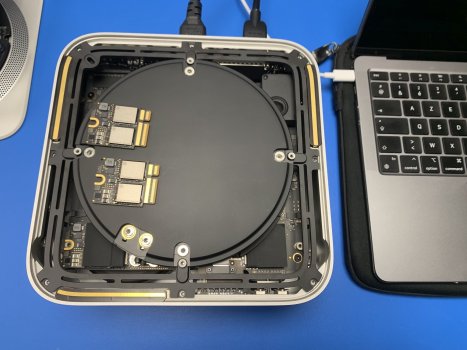
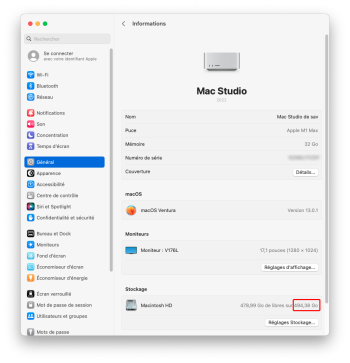
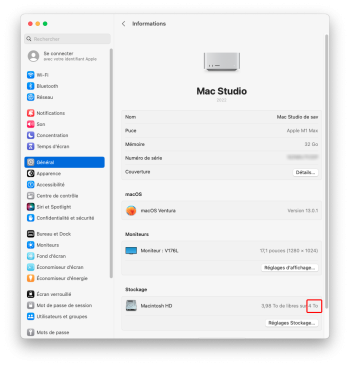
In my tests I have measured the write speed of both configs :
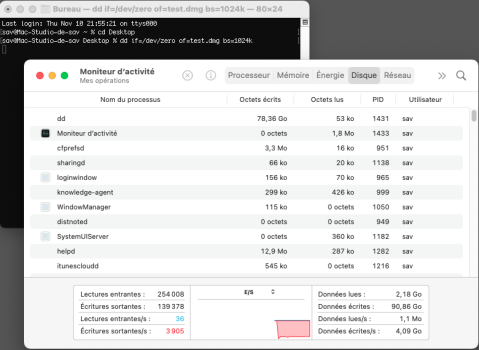
single 512 GB NAND card starts at 4.09GB/s
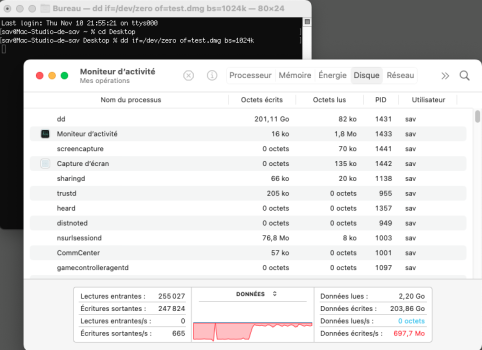
after SLC cache is filled, single 512GB NAND stalls at 690MB/s
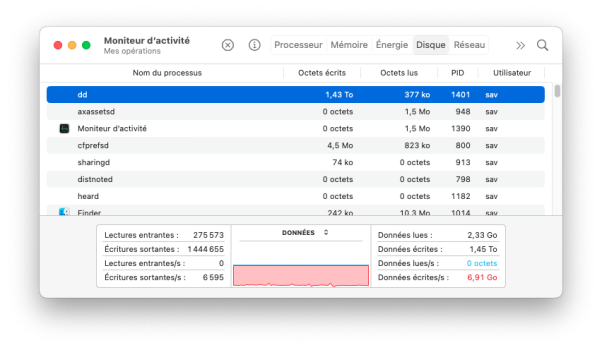
the pair of 2TB NAND cards starts at 6.91GB/s
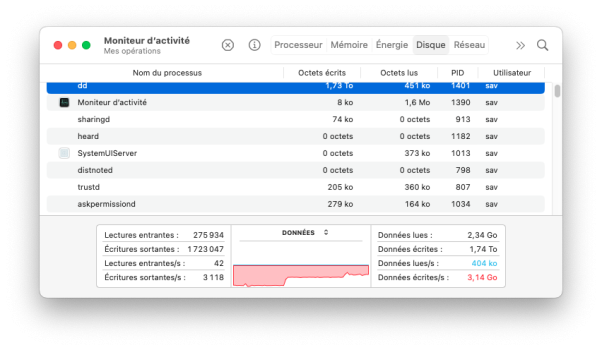
once SLC cache is filled write speed goes down to 3.14GB/s
To be noted, if the 2TB NANDs are inserted in the wrong order the AppleConfigurator restauration fails with an error.
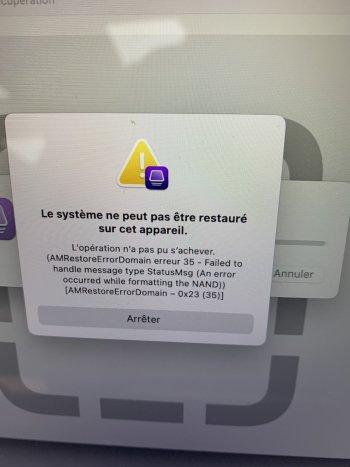
Important notes :
replacement or upgrade NAND cards for the Mac Studio are not available anywhere at the present.
Apple does not sell them nor intend to.
One could interpolate what occured with the iMac Pro (2017) and the Mac Pro (2019) and imagine that if Apple ships one day a new Apple Silicon Mac Pro, NAND modules similar to those of the Mac Studio would become available on the market.
This is possible but highly hypothetical.
Nevertheless, NAND daughtercards on the Mac Studio use the exact same configurations as those in the M1 MacBook Pro 14" and 16".
And they also use the exact same BGA110 Nands chips used in the iPhone 11 to 13 and all the M1 and M2 Mac line, which are available on the grey market.
One can already upgrade NANDs on a T2 Intel Mac, or on a M1 or M2 Mac, involving soldering BGA chips.
So it would be possible to build a PCB, solder some BGA NANDs on it (for exemple 4x Kioxia KICM229 make a 2TB NAND daugter card), and program them with a JCID programmer.
but no third party company (like OWC) may ever sold this, because those NANDs are very specific to Apple (they are not regular NANDs, the IC integrate NAND with a custom ARM core linked via a PCIe link to specific lines in the M1 CPU).
And manufacturers like Kioxia or Hynix have exclusive contracts with Apple and are forbidden to sell their BGA 110 Nand production to third-party companies.
just tested yesterday an upgrade of a plain basic MacStudio M1 Max (2022) from 512GB to 4TB.
and it works :
- take off the 512 GB NAND
- insert in the right order the two 2TB NANDs inside the slots
- restaure the MacStudio bridgeOS with another Mac and AppleConfigurator
- et voilà !






In my tests I have measured the write speed of both configs :

single 512 GB NAND card starts at 4.09GB/s

after SLC cache is filled, single 512GB NAND stalls at 690MB/s

the pair of 2TB NAND cards starts at 6.91GB/s

once SLC cache is filled write speed goes down to 3.14GB/s
To be noted, if the 2TB NANDs are inserted in the wrong order the AppleConfigurator restauration fails with an error.

Important notes :
replacement or upgrade NAND cards for the Mac Studio are not available anywhere at the present.
Apple does not sell them nor intend to.
One could interpolate what occured with the iMac Pro (2017) and the Mac Pro (2019) and imagine that if Apple ships one day a new Apple Silicon Mac Pro, NAND modules similar to those of the Mac Studio would become available on the market.
This is possible but highly hypothetical.
Nevertheless, NAND daughtercards on the Mac Studio use the exact same configurations as those in the M1 MacBook Pro 14" and 16".
And they also use the exact same BGA110 Nands chips used in the iPhone 11 to 13 and all the M1 and M2 Mac line, which are available on the grey market.
One can already upgrade NANDs on a T2 Intel Mac, or on a M1 or M2 Mac, involving soldering BGA chips.
So it would be possible to build a PCB, solder some BGA NANDs on it (for exemple 4x Kioxia KICM229 make a 2TB NAND daugter card), and program them with a JCID programmer.
but no third party company (like OWC) may ever sold this, because those NANDs are very specific to Apple (they are not regular NANDs, the IC integrate NAND with a custom ARM core linked via a PCIe link to specific lines in the M1 CPU).
And manufacturers like Kioxia or Hynix have exclusive contracts with Apple and are forbidden to sell their BGA 110 Nand production to third-party companies.
Attachments
Last edited:


